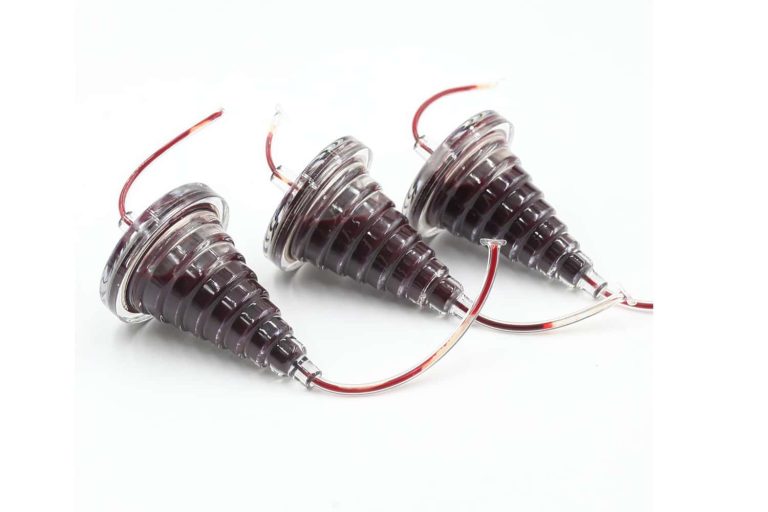A diverse portfolio of standardized blood and tissue-derived biomaterials and cellular populations for use in research, product development and clinical products.

Sometimes called "thrombocytes," platelets are small, round pieces of bone marrow cells that help the body form blood clots in order slow or stop blood loss.
Platelets (National Cancer Institute)
Otherwise known as "erythrocytes," red blood cells are cells made in the bone marrow for the purpose of carrying oxygen from the lungs to the rest of the body.
Red Blood Cells (National Cancer Institute)
Residual cell samples are tissue and cell samples that are left over from clinical procedures such as biopsies. They are important for tissue banks and medical research.
Residual Cell Samples (Giesbertz, et al., 2012)
Birth tissue is donated tissue left over from the birthing process, including the placenta and umbilical cord. It can be used in wound care, orthopedics, and dentistry.
Birth Tissue (American Assoc. of Tissue Banks)
The buffy coat is a light-colored layer in a centrifuged whole blood sample comprised of white blood cells and platelets. Buffy coats are used in research and therapeutics.
Buffy Coats (Stanford Blood Center, 2012)
Leukopaks are enriched white blood cell products that are collected via apheresis. They contain high levels of mononuclear cells & have important research uses.
Leukopaks (Charles River Laboratories, 2025)
T-Cells, sometimes called T-Lymphocytes, are a type of white blood cell that play a vital role in the immune system. They can help fight off pathogens & cancerous cells.
T-Cells (National Cancer Institute)
Plasma is the fluid portion of the blood that carries blood cells. It is transparent with a yellowish color. Plasma carries the proteins responsible for clotting.
Plasma (National Cancer Institute)
Bone marrow is the the spongy, blood vessel-filled tissue found at the center of most bones. It is the origin point of many important cell types, including stem cells.
Bone Marrow (National Cancer Institute)
Serum is the transparent liquid that remains when all cells, platelets, and clotting proteins have been removed from whole blood. It has important clinical & lab uses.
Serum (National Cancer Institute)
Hematopoietic Stem Cells and Hematopoietic Progenitor Cells are valuable bone marrow cells used in the treatment of cancer and autoimmune disorders.
Mobilized HSCs & HPCs (AABB)
MSCs are a type of tissue stem cell that are highly responsive to inflammation and tissue damage. They are considered essential for tissue regrowth.
Mesenchymal Stromal Cells (Zhou & Shi, 2023)
Sometimes referred to simply as, "cord blood," this blood product comes from the often-discarded umbilical cords of newborn babies. It contains high levels of valuable stem cells.
Umbilical Cord Blood (National Cancer Institute)
Natural killer cells are a type of white blood cell that plays an important role in the immune system. They are capable of killing tumor cells and cells infected by viruses.
Natural Killer Cells (National Cancer Institute)